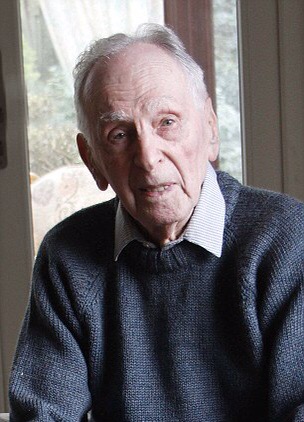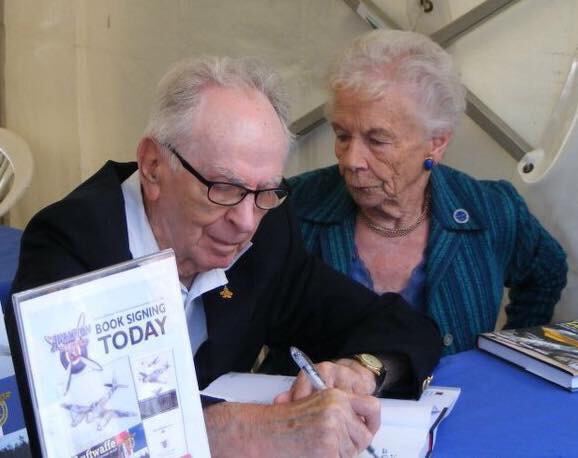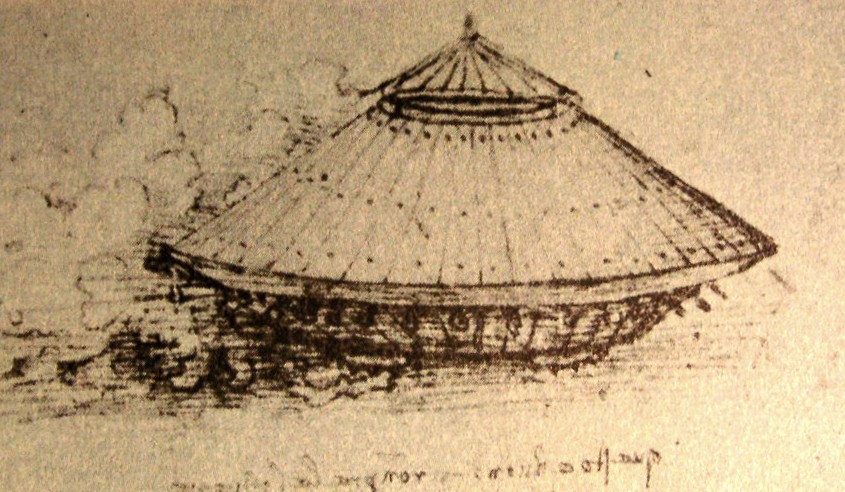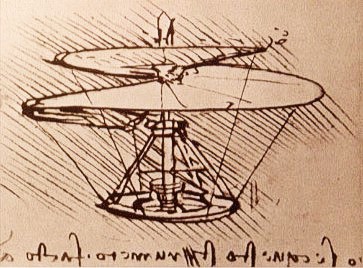Today the death of Capt. Eric Melrose ‘Winkle’ Brown CBE DSC AFC KCVSA PhD Hon FRAeS RN was announced by his family at the age of 97 following a short illness. He was one of the most famous of all British pilots, holding world records and decorations.

Capt. Eric ‘Winkle’ Brown (dailymail.co.uk)
He was the most decorated pilot of the Fleet Air Arm and held the world record for the greatest number of different aircraft types flown, 487, as well as the record for the highest number of aircraft carrier deck landings. This only includes general types – the list of different marks would be far higher. He was known as ‘Winkle’ during service due to his diminutive stature, and following his time as a Royal Navy Officer became a test pilot. he achieved several ‘firsts’ in naval aviation. These included the first landings on an aircraft carrier for a twin engined aircraft, a tricycle undercarriaged aircraft and a jet propelled aircraft. It would be impossible to describe and do his life and career justice in anything less than a multi-volume book so please consider these the edited highlights only.
Born in Leith, Scotland in January 1919, he was taken up in a Gloster Gauntlet by his father when he was around 9 years old. He travelled to Germany to see the 1936 Olympics in Berlin, and while there was invited to join the newly formed Luftwaffe at social gatherings. He started at Edinburgh University the following year, studying Modern Languages, with an emphasis on German. He was selected to take part in an exchange student scheme at Schule Schloss Salem, and it was while he was there in Germany that he was woken up in September 1939, with a woman knocking on his door, announcing that “our countries are at war”. he was arrested by the SS soon after and released after 3 days, to be escorted, with his MG Magnette sports car to the Swiss border – they claimed he could keep the car as they “couldn’t get spares for it”.
He returned to the UK and joined the Royal Navy Volunteer Reserve as a pilot, initially serving on the escort carrier HMS Audacity until it was torpedoed and sank in 1941 – he was one of only two survivors from the squadron. Following this he was posted to the Royal Aircraft Establishment (RAE) at Farnborough to share his experience of deck landings. He returned to operational flying with the Royal Canadian Air Force, and also flew with Fighter Command before he returned to the RAE, this started his role flying experimental and captured aircraft.
At this time, the RAE was the leading authority on high speed flight and as a result Brown became heavily involved in this sort of testing, even testing the Lightning, Mustang and Thunderbolt aircraft for the United States Army Air Force (USAAF). He then became involved with the Gloster Meteor and supersonic research and testing.
Towards the end of the war, given his language skills, Brown was selected to be CO of the team preparing to acquire German aeronautical technology before it was either destroyed or taken by the Soviets. On one mission, he was expected to arrive at a liberated aerodrome, only to find that resistance had delayed the liberation and it was still an operational Luftwaffe base – a surrender was offered and Brown took charge of the airfield and staff until Allied Forces arrived the following day. His language skills meant he was asked to help in the interrogation of the former Bergen-Belsen concentration camp commandant and his assistant following the liberation of the camp.
Following World War II, he commanded the ‘Enemy Aircraft Flight’, an elite group of test pilots who flew captured German and Italian aircraft. This alone made him one of a small group, who were actually qualified to compare the aircraft on both sides. Again, his language skills meant he was involved in the interviews of many Germans, including Göring, Heinkel and Messerschmitt. His involvement and information gained from the Miles M.52 supersonic project, prior to its cancellation allowed the Americans to make the modifications needed for the Bell XS-1 to allow Chuck Yeager to become the first man to exceed Mach 1 in 1949.
His career as a test pilot meant flying aircraft that had killed other men, in 1946 he flew a modified de Havilland DH.108 after a crash in a similar aircraft killed Geoffrey de Havilland Jnr. In recreating de Havilland’s accident conditions he discovered the aircraft suffered a high-g pitch oscillation – he managed to pull out of the situation but believed he survived in part due to his height – de Havilland suffered a broken neck that could have been attributed to the violent oscillation.
In the 1950s he was seconded to the United States Naval Test Pilot School, flying a number of aircraft while there including a reported 36 types of helicopter. He then returned to Germany in the late 1950s working to re-establish German naval aviation. His last appointment in the Royal Navy was in 1967, when he took command of RNAS (now RAF) Lossiemouth. He retired from the Royal Navy in 1970.

Capt. Brown at a book signing in 2012 (D M Roberts)
His time since has been spent writing, giving lectures, serving as a President of the Royal Aeronautical Society (1982/1983) and promoting aviation history. He has been active in aviation circles right up to and including last month. Having met Captain Brown several times over the years at aviation events, I can tell you, that above all this, he was an extremely pleasant man and a true gentleman in every sense of the word. He was willing to sit and chat while signing books on windy airfields well into his 90s and always had a kind word or comment for anyone willing to stop and talk. He will be sadly missed.












